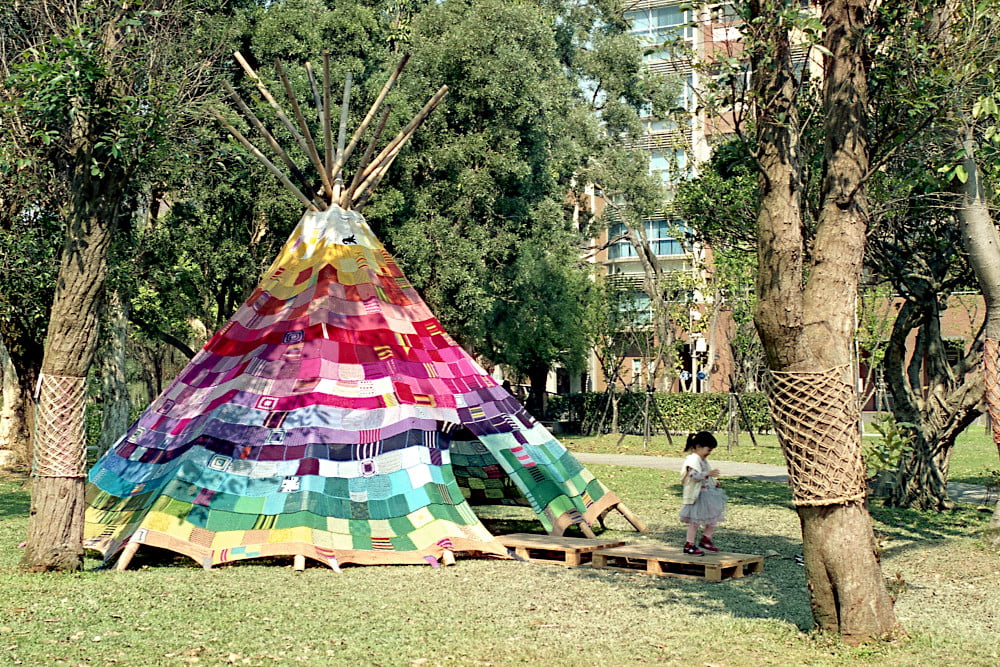A few months ago, I experimented with using Kodak Vision3 250D, a cine film, as photographic film. It was my first experience shooting with this film, and you can read about my initial impressions here. At the time, I had mixed feelings. On one hand, I appreciated the results—beautiful colors, sharp images, and very fine grain. On the other hand, I was disappointed by the quality of some of the negatives. Many were marred by white speckles, and a few were even damaged. Additionally, the bulk loading of the film rolls left me with fewer usable frames (about 32) than the stated 36.
Despite these issues, I decided to give Kodak Vision3 250D another shot and purchased two new rolls. This time, I used the Minolta Dynax 7 and the Minolta XD-7, the latter of which I hadn’t used in a long time. It was a joy to shoot with it again.
After scanning the negatives and doing some minor post-processing, I was pleasantly surprised by the results. Thanks to the brighter light during the Taiwanese summer, the colors were even better compared to the photos I took in winter. None of the negatives were damaged this time, although a few still had white speckles. I’m still unsure of the cause—whether the film was damaged beforehand or if it happened during development. Unfortunately, I don’t have the option of using a different lab, but I would be curious to see if another lab might yield different results.
Overall, I believe Kodak Vision3 250D remains a great film with realistic colors, good sharpness, and exceptionally fine grain. However, the quality is still somewhat unpredictable, and the pre-exposed final frames are frustrating, at least with the rolls produced by Bokkeh.
Photos Taken with the Minolta Dynax 7





Photos Taken with the Minolta XD-7





If you like this content and don’t want to miss new blog posts, consider subscribing to our newsletter!




well, white speckles appear, in my experience, when the labs use old chemistry in the processing machines.
this old chemistry contains these things that stick to film.
may be it is the same with the manual processing lab – may be they use old chemistry. i never got white speckles from the manual processing lab around, but always – from the regular c41 labs, that use machinery. as i understand it is too costy to buy new chemistry when you don’t have enough ordres to develop film.
however for the manual labs that is not a problem.
My guess would be that the white specks are actually where the remjet hasn’t cleaned off completely.